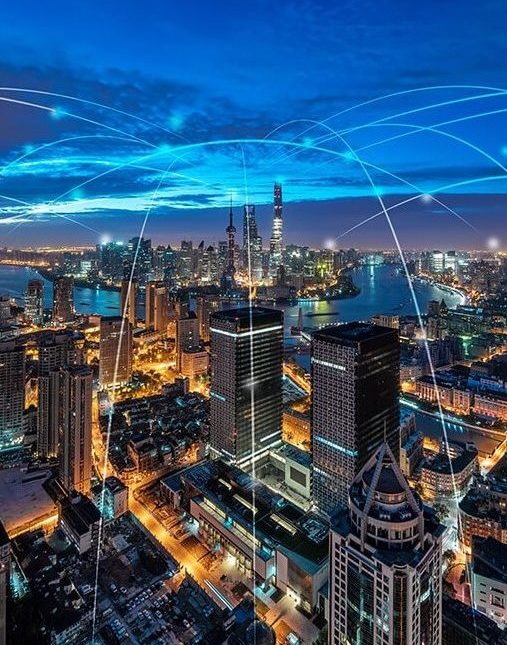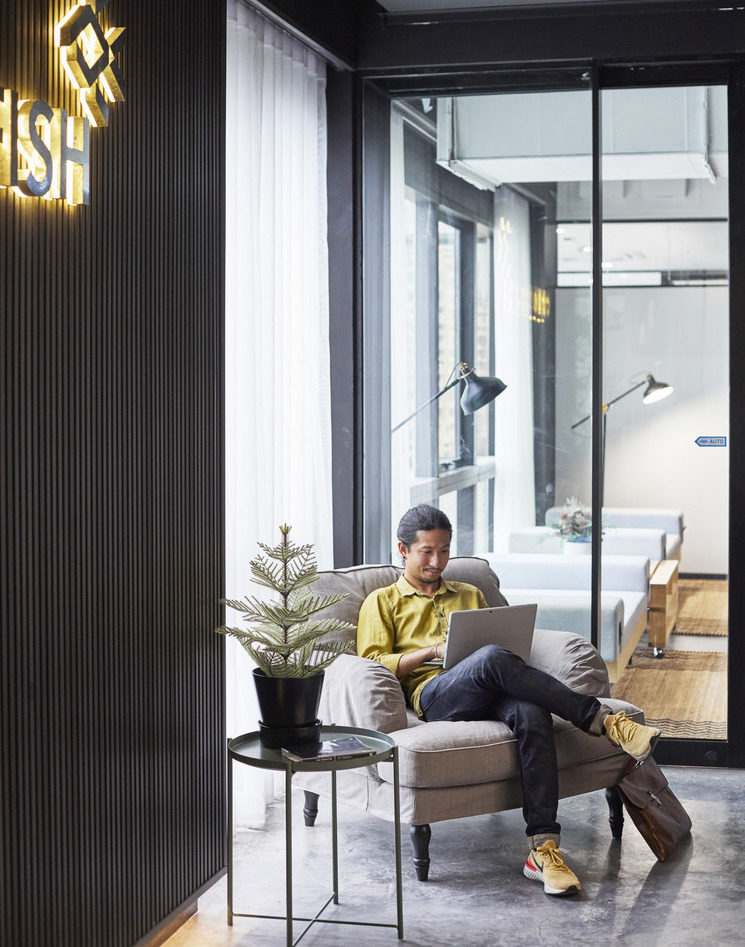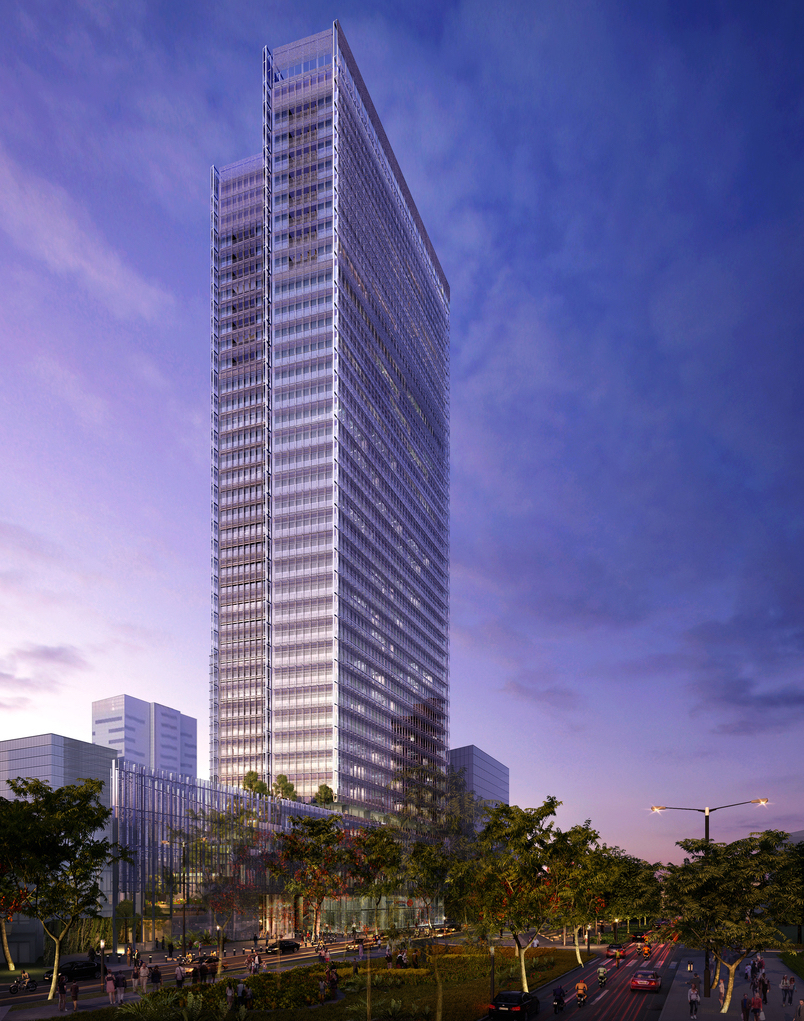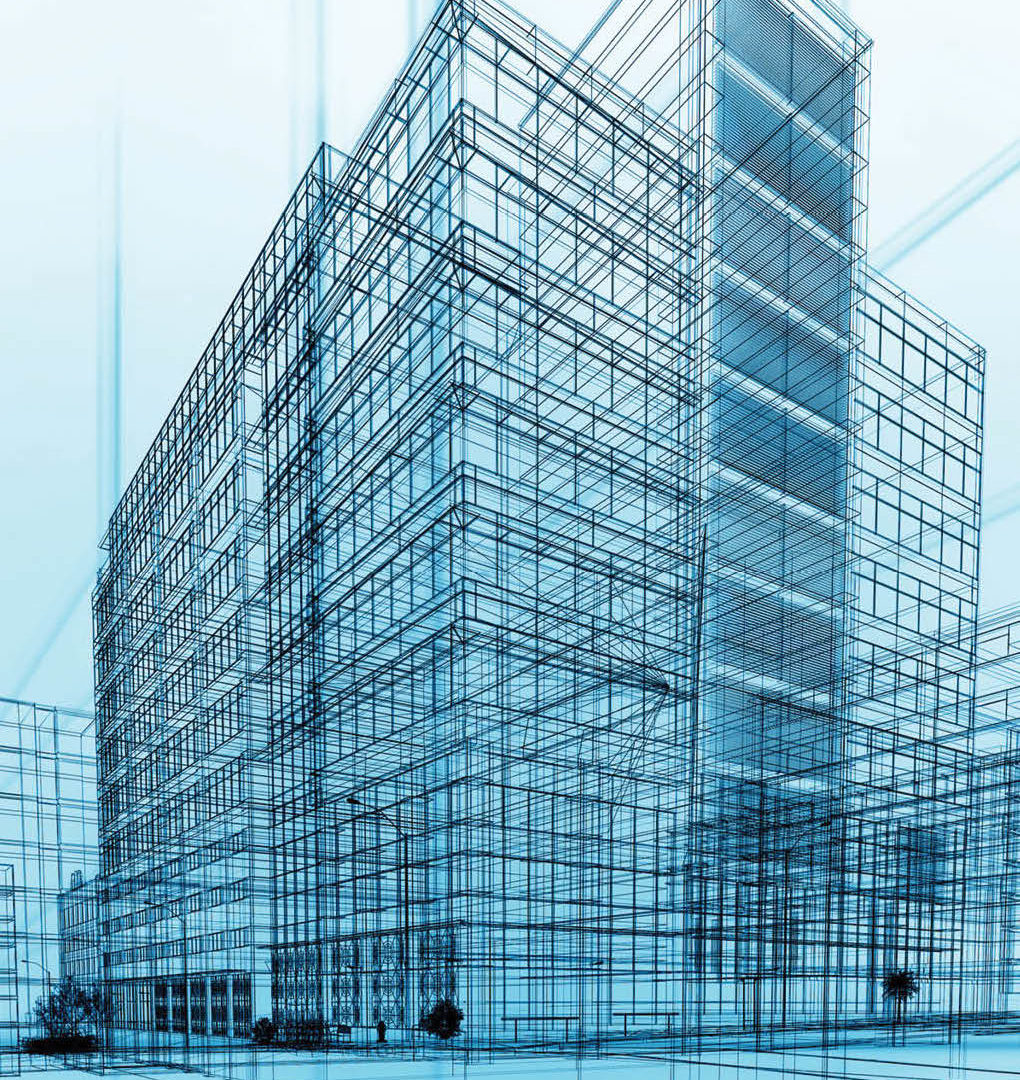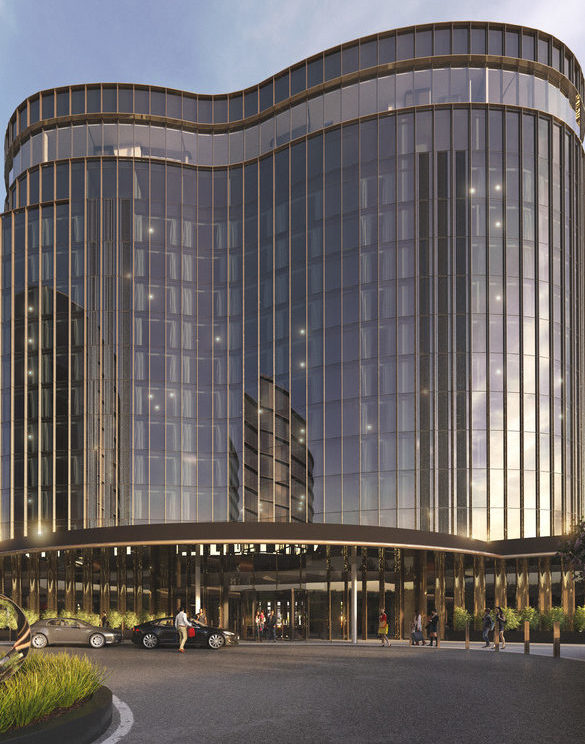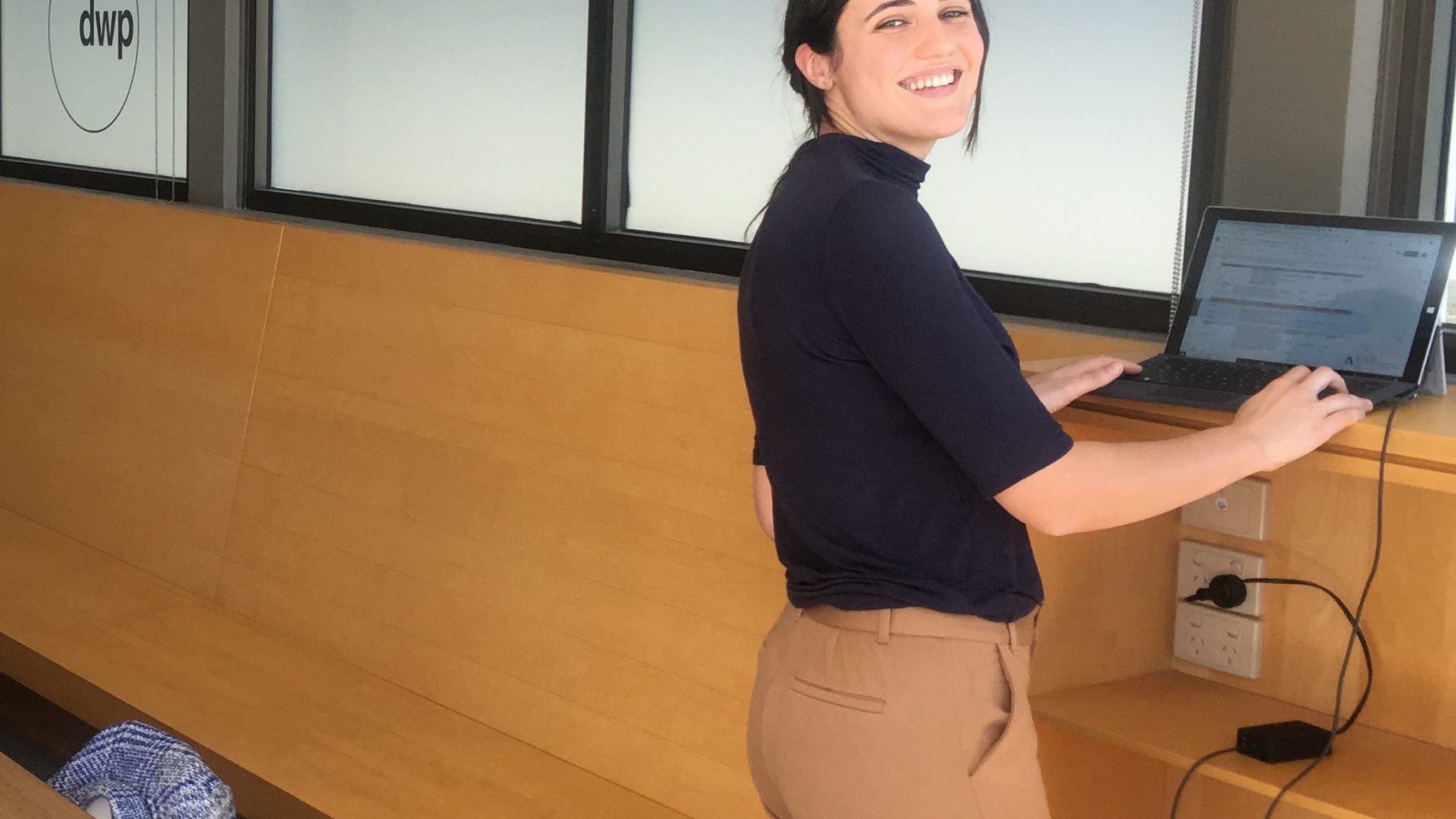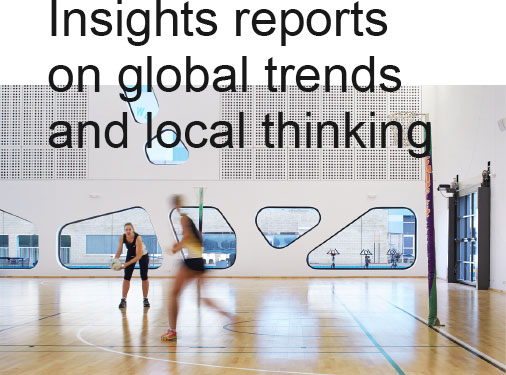dwp.Dialogue: Beyond the Desk – The Next-Gen Workplace at AI Speed
The traditional office may be evolving, but is it disappearing? This question sparked a thoughtful exchange at dwp.Dialogue in Bangkok, where industry leaders gathered to examine how lifestyle thinking is reshaping workplace design.

The Technology Perspective
“AI is often spoken of as a disruptor,” opened moderator Brenton Mauriello. “But in workplace design, is its true value in enabling culture, creativity, and belonging?”
Paruey Anadirekkul, founder of Spacely AI, addressed a common misconception: “There’s this idea that AI will eliminate the need for offices entirely. But technology should accelerate workflows without replacing the human aspects of design. The quality of prompts determines results—it’s still fundamentally about human input.”
This human-technology balance resonated with Sarinrath Kamolratanapiboon, CEO of dwp Thailand. “We’ve historically been early adopters. We shifted to cloud-based working before Covid, which ultimately kept us operational when remote work became mandatory. Now AI permeates everything from admin to design, but we still need the human touch. The next challenge is educating clients.”
Khun Paruey expanded on AI’s potential: “It helps organisations personalise workplaces to match their unique culture and workflows. It’s about using data to create more human experiences—predicting space usage, optimising environmental conditions, enabling better collaboration patterns. The balance between data-driven decisions and human intuition is crucial.”
The Real Estate Reality
From the developer’s perspective, Kunayudh Dej-Udom of Central Park offered insights into shifting market demands. “The demands have shifted dramatically. There’s still a definite need for office space—interactions between people remain invaluable for relationships and organisational momentum. But we’re no longer looking at office space as singular. It’s about what surrounds it.”
He elaborated on this holistic approach: “Basic mixed-use meant putting four things together. Now it’s the spaces between those four things that matter. We’re providing community, not just square footage.”
On balancing commercial priorities with evolving tenant needs, Khun Kunayudh was pragmatic: “It’s complex. Certifications like LEED and WELL matter, but human-centric qualities increasingly drive decisions. Future-proofing spaces while maintaining ROI requires both technological integration and design flexibility.”
Culture Through Craft
The conversation shifted to the physical manifestation of workplace culture. Chanintr Sirisant, CEO of Chanintr Living, offered his perspective on furniture’s evolving role in the hybrid era.
“We’re seeing a shift from offices being judged by desk count to being measured by how they enable collaboration and human connection,” Khun Chanintr observed. “Materiality, tactility, and craft play crucial roles in creating workplaces people actually want to spend time in.”
He addressed the design challenge directly: “The difficulty lies in designing for both flexibility and timelessness when tenant needs shift so rapidly. We’re balancing home-like comfort with corporate identity—furniture becomes a cultural carrier, not just functional infrastructure.”
Design Leadership in Practice
Khun Sarinrath offered dwp’s perspective on what flexibility means in 2025 and beyond. “Flexibility isn’t just about moveable walls or modular furniture. It’s about creating spaces that can evolve with organisational culture. At dwp, we see lifestyle as the foundation of design—whether in homes, hotels, or offices. It’s about designing places people truly want to be part of.”
On client collaboration, she emphasised: “Co-creation is essential. When discussing flexibility and adaptability, we ensure the workplace truly reflects their culture and people. It requires reconciling commercial demands with our responsibility to design for wellbeing and belonging.”
The Stakes Ahead
The panelists addressed the risks facing companies that fail to adapt. Khun Kunayudh was direct: “They’ll lose talent. The next generation won’t accept outdated environments. It’s not just about amenities—it’s about spaces that support how people actually work and live.”
Khun Chanintr added: “Companies often make the mistake of viewing furniture as a one-time investment rather than cultural infrastructure. Those who don’t evolve will find their spaces becoming obsolete faster than ever.”
On sustainability, Khun Paruey highlighted AI’s role: “From optimising energy usage to predicting maintenance needs, AI can dramatically reduce environmental impact while improving occupant experience. It’s becoming integral to ESG-driven workplace strategies.”
Defining Tomorrow
The panel concluded with each speaker defining the workplace of 2030 in a single sentence. The responses varied yet converged on common themes.
Khun Parey envisioned “responsive environments that learn and adapt to human needs.” Khun Kunayudh saw “communities, not buildings.” Khun Chanintr imagined “spaces that feel more like home than office.” Khun Sarinrarth concluded with characteristic clarity: “Places designed with life itself at the centre.”
The consensus was clear. The office isn’t disappearing—it’s transforming into something more nuanced, more human, more responsive to how we actually live. For design firms like dwp, this evolution represents both challenge and opportunity, requiring a delicate balance between technological possibility and timeless human needs.
Panel Spotlight
Sarinrath Kamolratanapiboon serves as Executive Director of dwp Thailand, part of the global design and architecture firm known for projects spanning Asia and the Middle East. Under her leadership, dwp has pioneered early adoption of cloud-based systems and AI integration across design workflows.
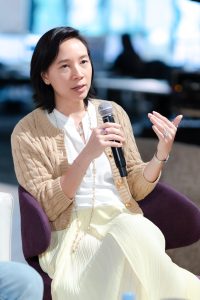
Paruey Anadirekkul founded Spacely AI to bridge the gap between artificial intelligence and spatial design. His firm focuses on using data and machine learning to create more responsive, personalised workplace environments while maintaining the human elements essential to good design.
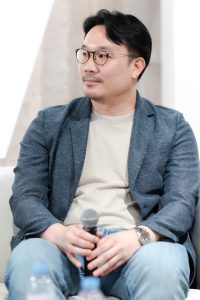
Kunayudh Dej-Udom directs asset management at Central Park (CPN), one of Thailand’s leading property developers. His portfolio includes Grade A commercial developments that increasingly blur the lines between workplace, retail, and community spaces.
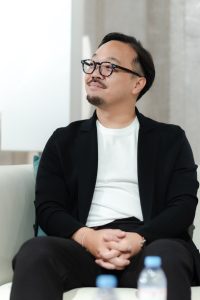
Chanintr Sirisant leads Chanintr, the Bangkok-based furniture company recognised for bringing international design brands to Southeast Asia while championing local craftsmanship. His perspective bridges global design trends with regional cultural nuances.

Brenton Mauriello AM serves as Director at Capital Prudential and Chairman of dwp Group, bringing extensive experience in strategic real estate advisory across the Asia-Pacific region. His moderation reflected a deep understanding of both investment imperatives and design innovation.

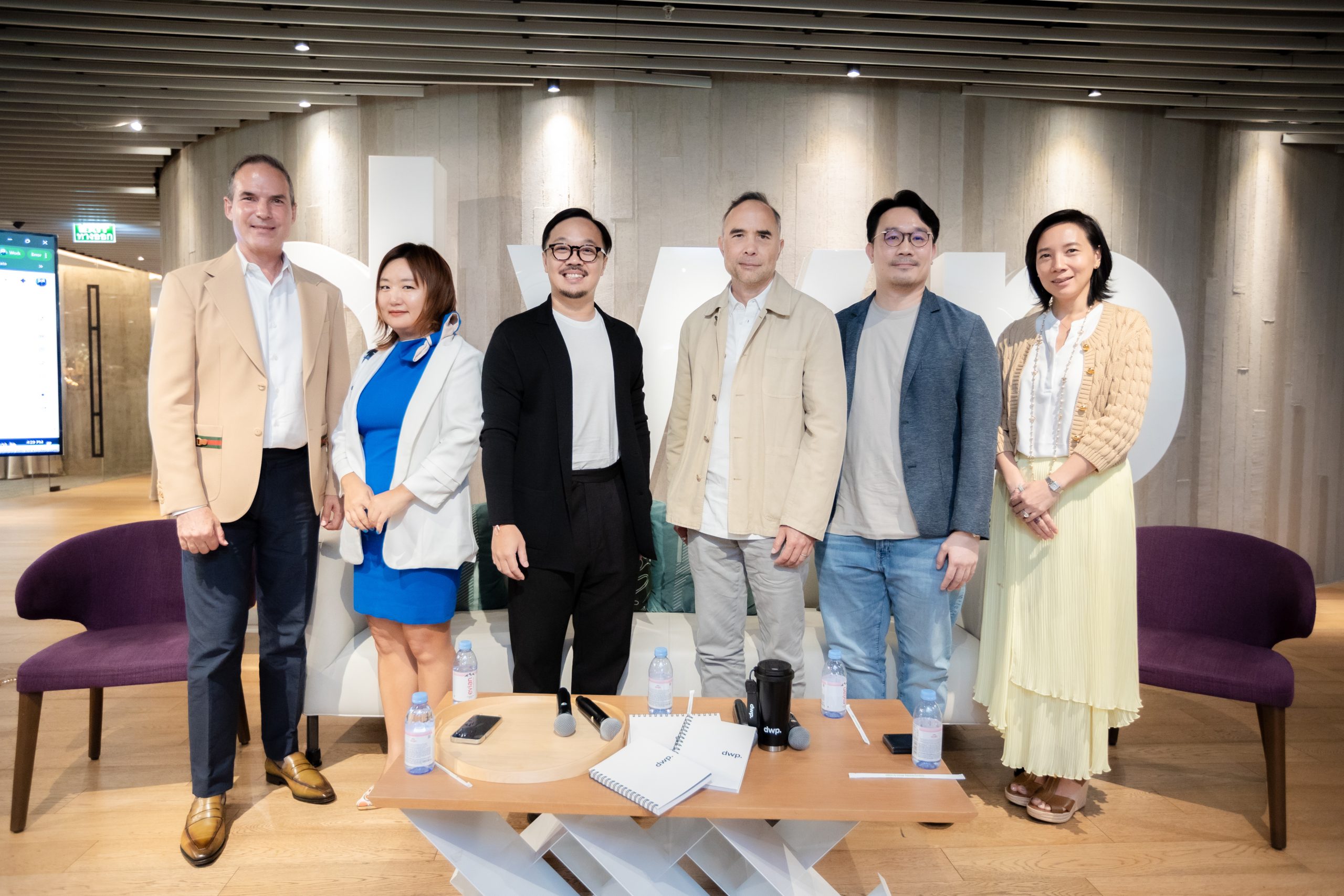
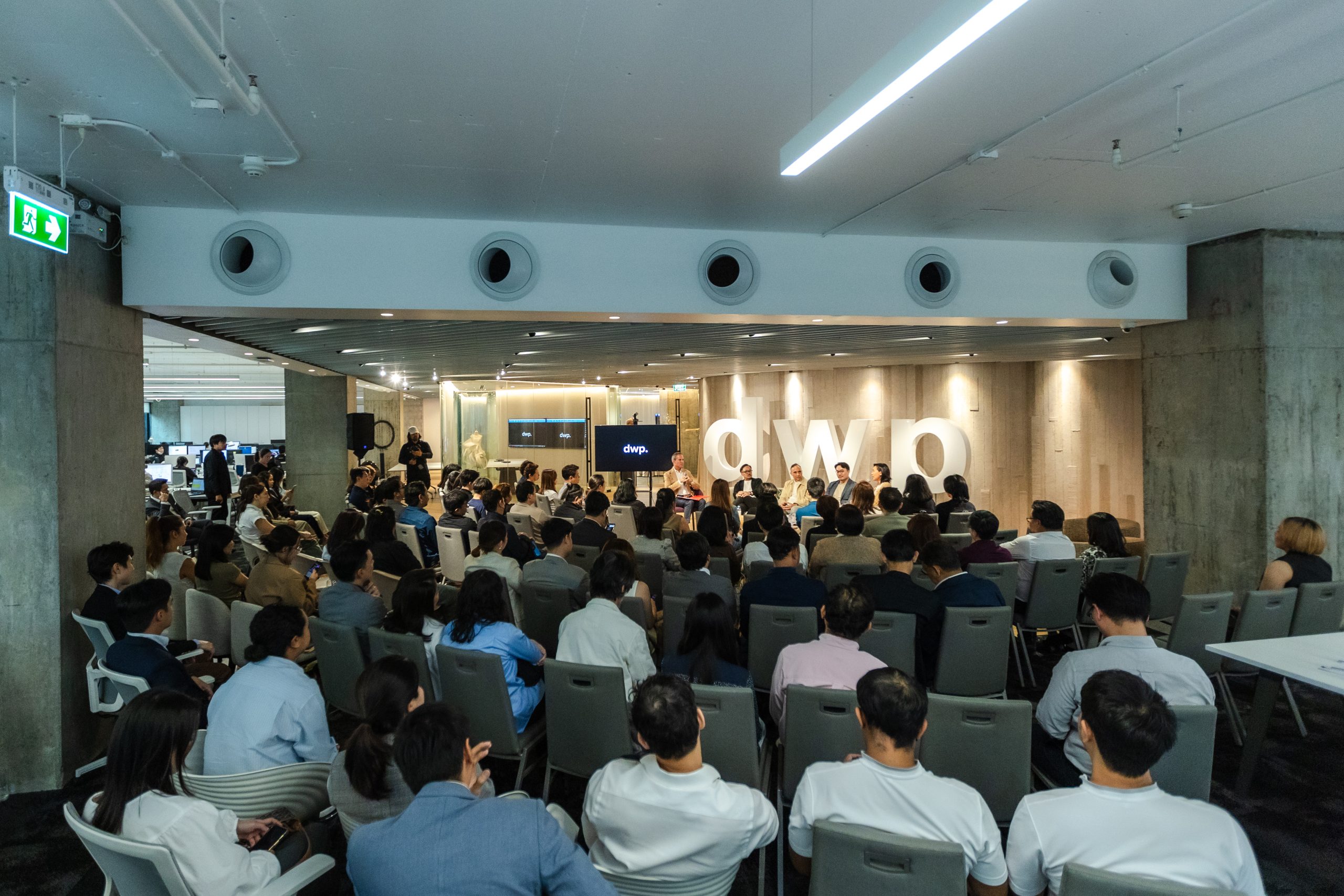


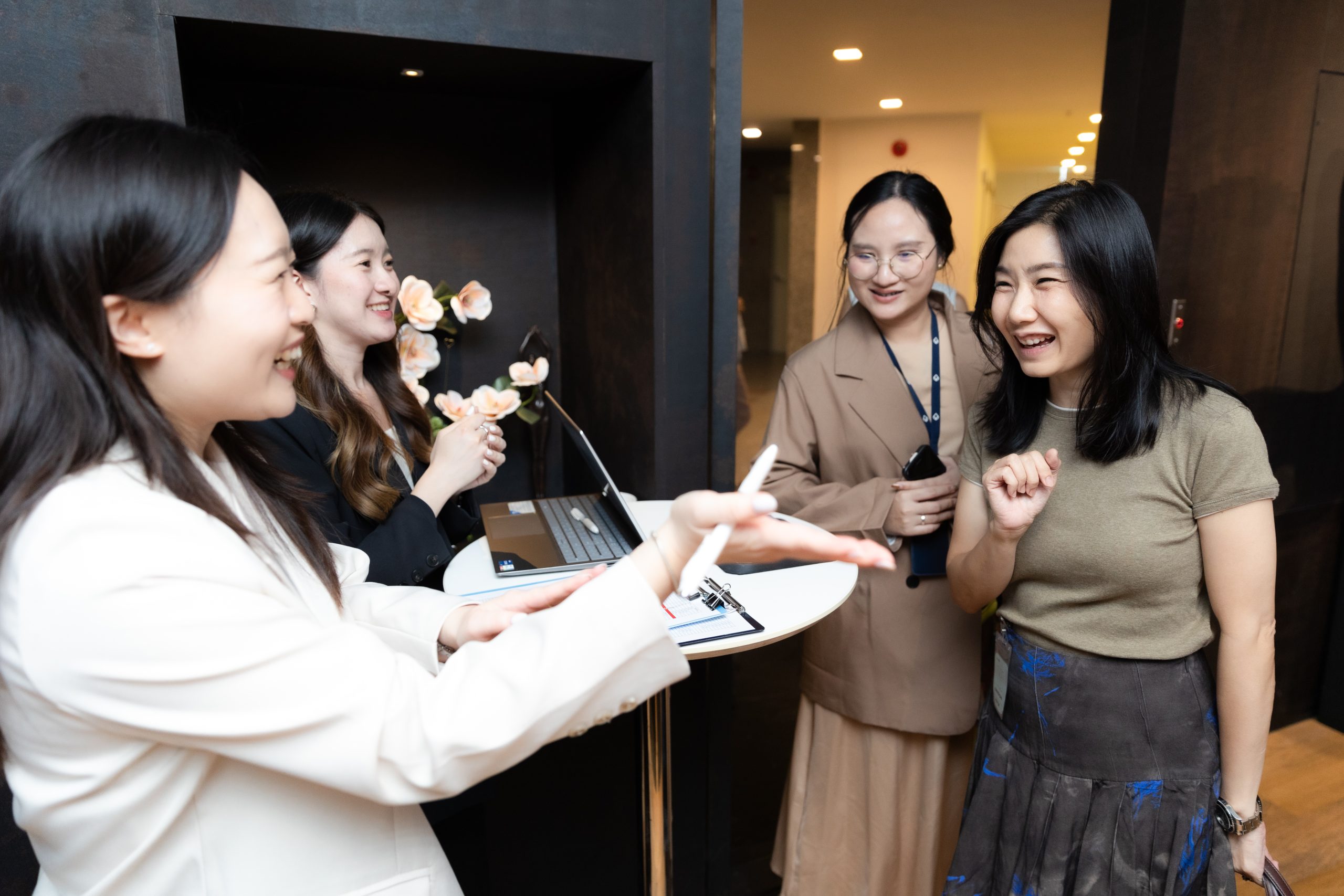

Tags: Abu dhabi, Agile workspace, Archi, Architect, Architecture, Artist, Asia, Bangkok, Bar, BIM, Blog, Boutique, Business, Civic, Construction, Content, Creativity, Culture, Design, Designer, Digital, Digital technology, Digital transformation, Digitisation, Drink, Dubai, Education, Experience, F&B, Food, Future, Health, Hicap, Ho chi minh, Hospitality, Hotel, Hotel design, Information, Innovation, Interior, Interior design, Interior designer, Interview, Knowledge, Lebua, Lifestyle, Luxury, Luxury design, Luxury interior, Marriott, Profile, Residential, Restaurant, Saigon, Sky, Studio, Success, Sustainibility, Tech, Technology, Thailand, Trends, Video, Vietnam, W hotel, Women

